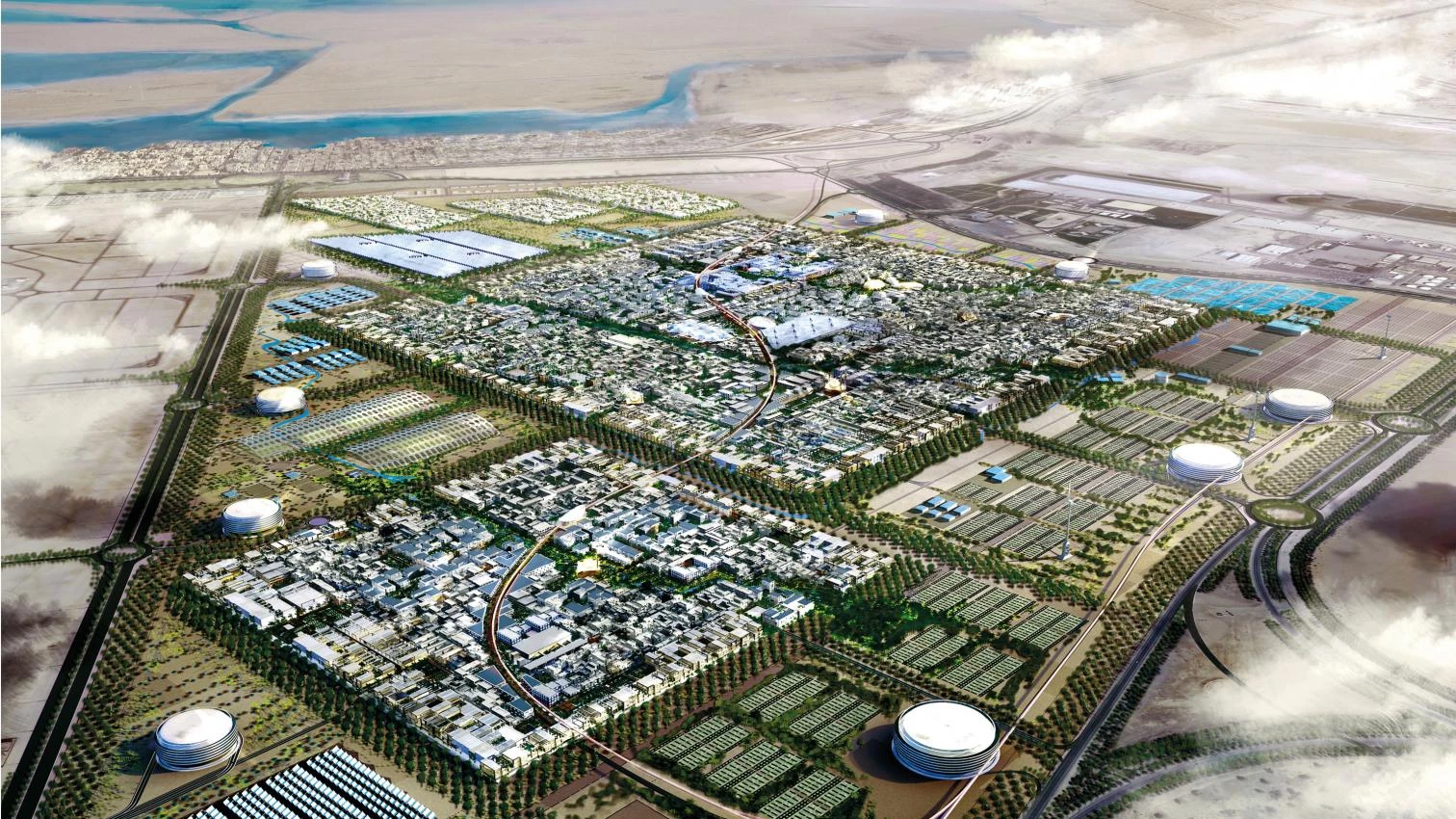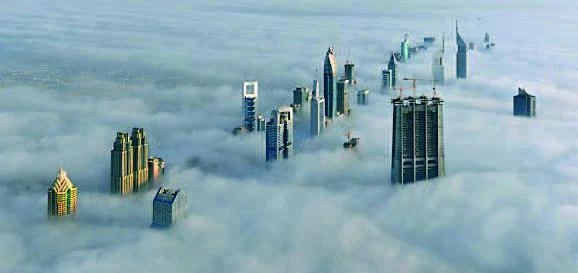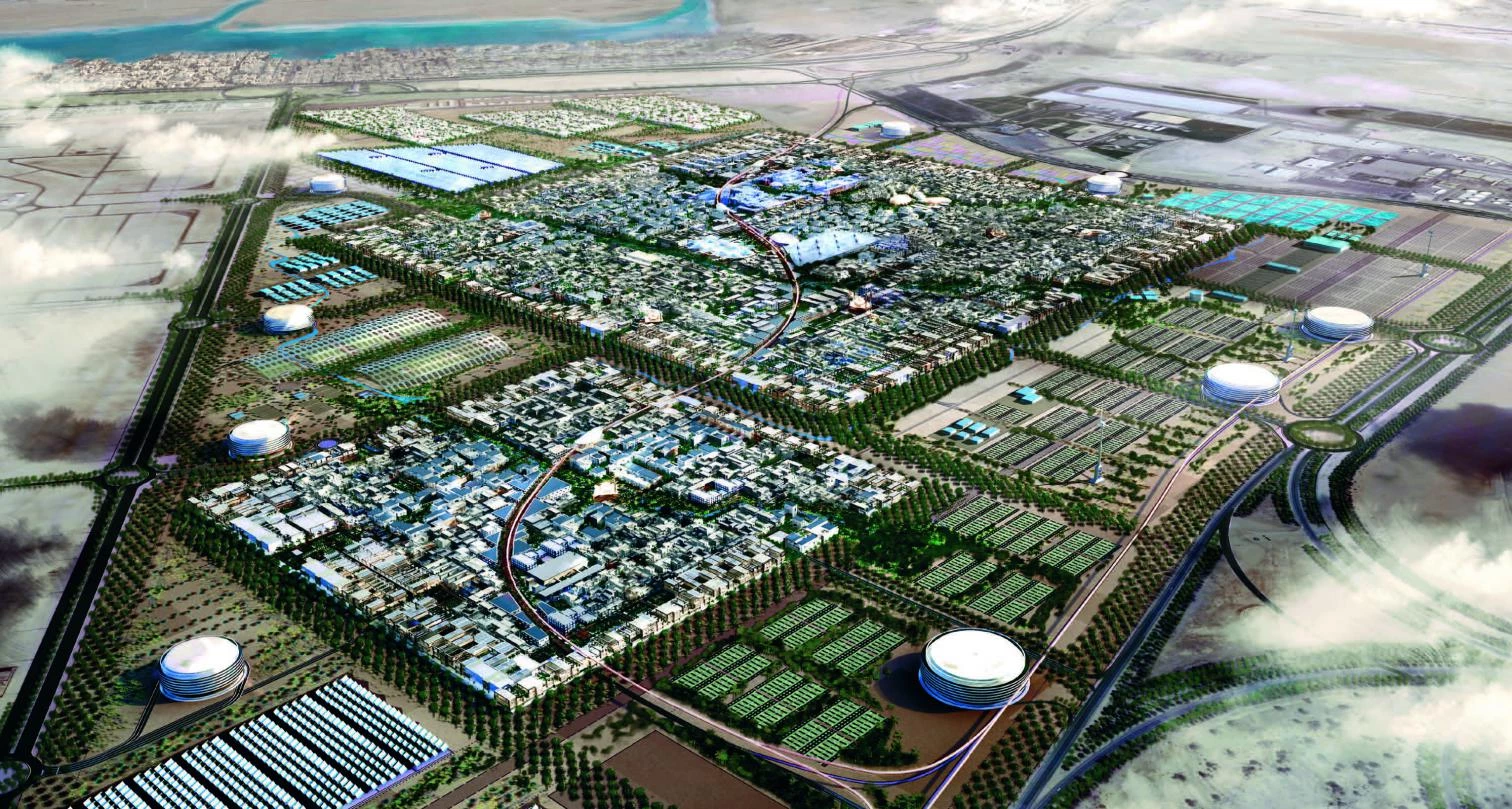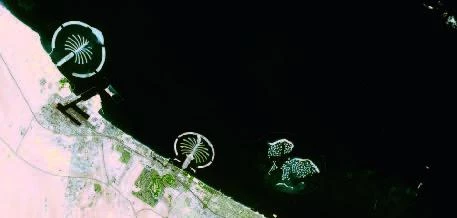The Gulf and Us
On the brink of bankruptcy while it completed the world’s tallest building, Dubai is an extreme example of the contemporary city, with lessons for all of us.

What has been called the ‘real estate decade’ ended on 4 January 2010. That day, Dubai opened the Burj Khalifa, a skyscraper whose 828 meters make it the planet’s tallest. But the event took place just weeks after panic broke out in the markets and pushed the emirate to the brink of bank-ruptcy – from which it was rescued in extremis by Abu Dhabi, its virtuous oil-rich alter ego in the Gulf – and the giant saw the light while shadows fell on the at once most admired and most denigrated urban experiment of recent times: a dark and now crackled mirror where the dilemmas of our own cities are reflected.
In the up to now buoyant emirate, which had taken on the role of economic capital of the Mid-dle East after the stock market and military crises of Beirut and Kuwait, the financial debacle was brought on by the unmanageable real estate debt that had been dragging on since the bursting of the bubble, just as the bankruptcy of Lehman Brothers had its origins in the subprime mortgages or the troubles of the Spanish banks and ‘cajas’ (savings banks) are to a large extent caused by the loans granted to developers. The end of the economic cycle is closely linked to the end of the real estate cycle, and maybe also to the final stretch of the current architectural and urban model.

El perfil de Dubai, cuyo auge inspiró a muchos, y cuya crisis cuestiona un modelo urbano hiperbólico.

The connection between real estate and the economic cycle explains why the height records of skyscrapers coincide with the crises: the Great Depression began in 1929 while the Chrysler and the Empire State Building in New York were being wrapped up, the oil and stock exchange crisis of 1973 broke out while the World Trade Center and the Sears in Chicago were breaking the re-cord, the Asian financial crisis of 1997 coincided with the completion of the Petronas Towers in Kuala Lumpur, and the current Great Recession is marked by the opening of the Burj Khalifa; a sequence that in Spain would be more modestly staked out by a group of highrise constructions that stretch from the Telefónica building of 1929 – Europe’s first skyscraper – to the four towers recently finished in Madrid.
But the current crisis could be more than mere-ly cyclical, given a context marked by growing awareness of the dangers of climate change and the already imminent decline in the supply of fossil fuels, ultimate basis of a model for the city and for architecture that shows two characteristic features: suburbanization and spectacle. Suburbanization, driven by the automobile, stretches the limits of the city indefinitely, colonizing the territory with extreme inefficiency and degrading the natural landscape; and spectacle, inseparable from opulence, contaminates architecture with a circus-like exhibi-tion of unusual forms that are hard to reconcile with the necessary physical and symbolic permanence of constructions that require large monetary and thermodynamic investments.

Rising over the Gulf’s fog, the skyscrapers of Dubai reached a paroxysm with the Burj Khalifa, an elegant work by Adrian Smith/SOM which beat the world height record and became a symbol of the city’s ambitions.

The city is in fact a thermodynamic system that needs energy flows – fuels, but also food, or the energy incorporated in materials – to maintain its stability, and this ever present imbalance has worsened in the past century by the bittersweet fruit of abundant and cheap petroleum, resulting in hy-pertrophied urbs and exhibitionistic architectures that have reached a paroxysm in the Persian Gulf. Dubai – with its downtown of skyscrapers and its sprawl of dispersed and interminable developments – is not a rare case, but an extreme example of the global city exported from America to the whole planet, and for this reason its crisis contains lessons that can be of use to us all.
Of course Dubai has peculiar features – from the hair-raising height of the Burj Khalifa or the extrav-agant luxury of a seven-star hotel in the sea to the islands shaped like palm trees, visible from outer space, for the mansions of the well-off – that make it special, as special as is its political organization, which denies citizenship to the greater part of the population. But its extraordinary urban dynamism aroused the curiosity of many, who saw in the Gulf city either a model to emulate or a monster to exor-cize. A phenomenon, in any case, that immediately drew interest of the kind that had centered around cities of Asia’s Pacific Rim, such as Hong Kong and especially Singapore: an authoritarian uto-pia that the science fiction writer Willliam Gibson described as ‘Disneyland with the death penalty’, and that seemed to embody an at once ominous and smiling urban future.
Now under construction, the city of Masdar is an experimental project in Abu Dhabi that Norman Foster has used as laboratory of sustainable urbanism, combining traditional recipes and innovative techniques.

Among those fascinated with the real estate vigor of Dubai was Rem Koolhaas, the architect and ideologue who has through his writings been most influential in our perception of the contempo-rary urb, who saw the cities of the Gulf as “versions of the 21st-century metropolis” and “the final op-portunity to chart a new blueprint for urbanism”. Such hopes, which the Dutch architect had previ-ously put on the muscular eclosion of Chinese cit-ies, are now tarnished by the melancholy landscape of half-built developments, the streets half-covered by desert sand, and the critical social situation produced by the drop of property prices that has induced so many to flee the country, leaving behind an unpaid mortage and an abandoned car in the airport parking lot.
During the past decade, in which the so-called ‘Bilbao effect’ has brought on the proliferation of spectacular architectures as a means to urban ‘rebranding’, the ‘Dubai effect’ has also made itself felt everywhere, and very especially in coun-tries that are in the process of joining the global markets, for which the emirate was a reference for success. After the financial collapse and the rescue by Abu Dhabi, many will look for an alternative model in the latter’s quieter policies, and they may perhaps find it in the great project of Masdar, a carbon-neutral, zero-waste, car-free city that Norman Foster’s firm is currently building there, and which uses the morphology of the traditional Islamic city: compact, low-rise, with courtyards and shaded narrow streets.
The artificial islands in the shape of a palm tree, to give the apartments raised on the ‘trunk’ and the houses built on the ‘palms’ direct access to the sea, are the most extravagant real estate development in Dubai.

Although a ‘Masdar effect’ is not foreseeable, the sustainable city of Abu Dhabi will in coming years be a laboratory of techniques and systems that will eventually be part of our everyday life, just as Formula 1 engineers or space scientists develop materials or procedures that end up in our vehicles and kitchens. But the main lesson extracted from it lies, no doubt, in the return to the efficient forms of the traditional city, which makes it possible to reach substantial degrees of density without hav-ing to resort to unreasonable heights, and which by compactly keeping within specific limits puts a halt to the wastefulness of sprawl.

Nevertheless, by now more than half of human-ity lives in cities, so maybe our task in coming decades is not so much to create new urbs as to reform those already existing and make them more sustainable: refurbish buildings, regenerate dis-tricts and recover landscapes. We need our cities to be denser, more compact, but not taller, in the same way that we need architecture to be more useful, but not more trivial. And to fight against the contemporary fascination for unsustainable suburbanization and tiresome spectacle, we have to explain that the one-family house and the private vehicle must be tamed, because the garden city is the least green of them all; and that beauty does not necessarily lie in the aesthetic provocation or the formal extravagance of architecture that screams: the best city is soft-spoken.






